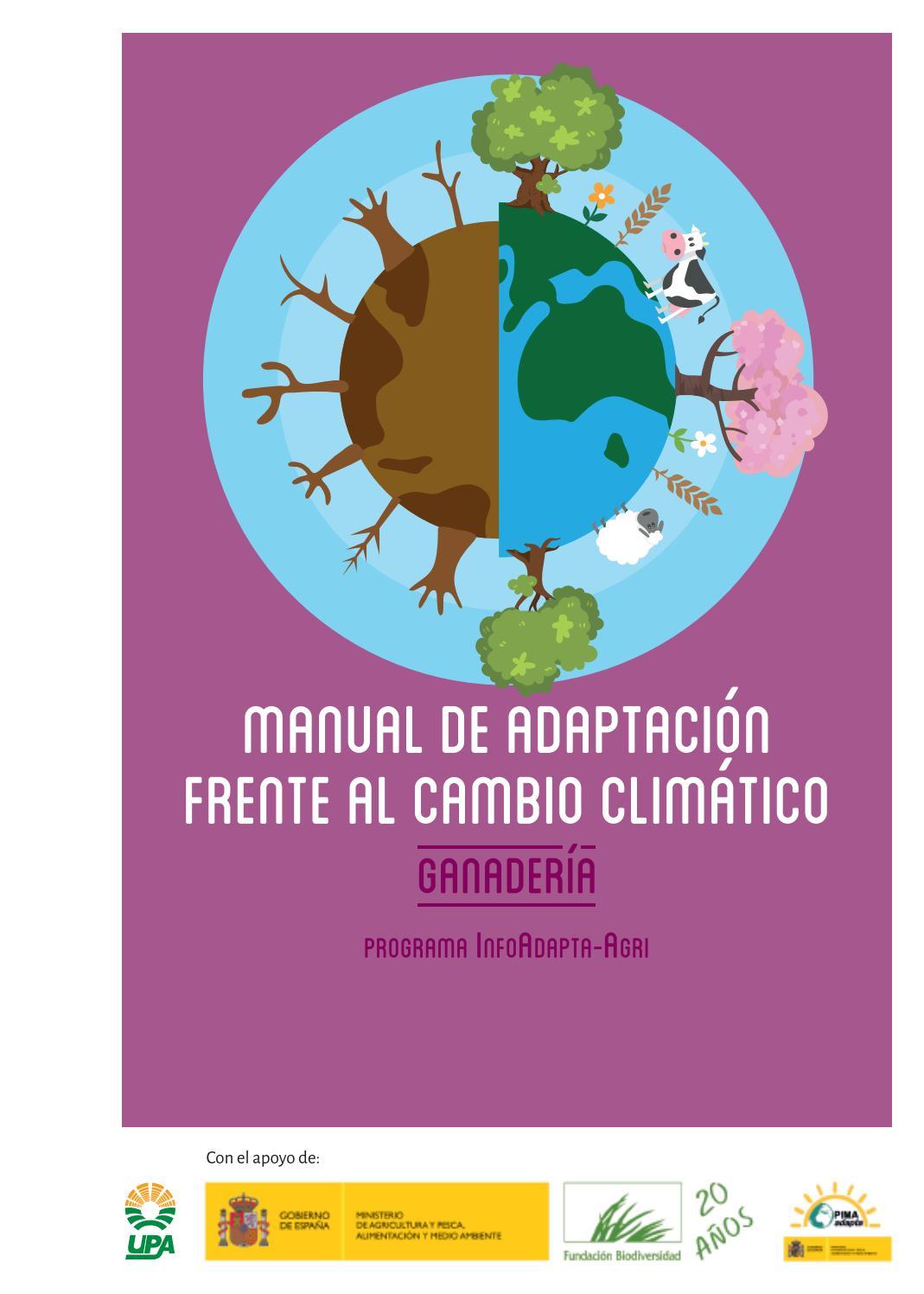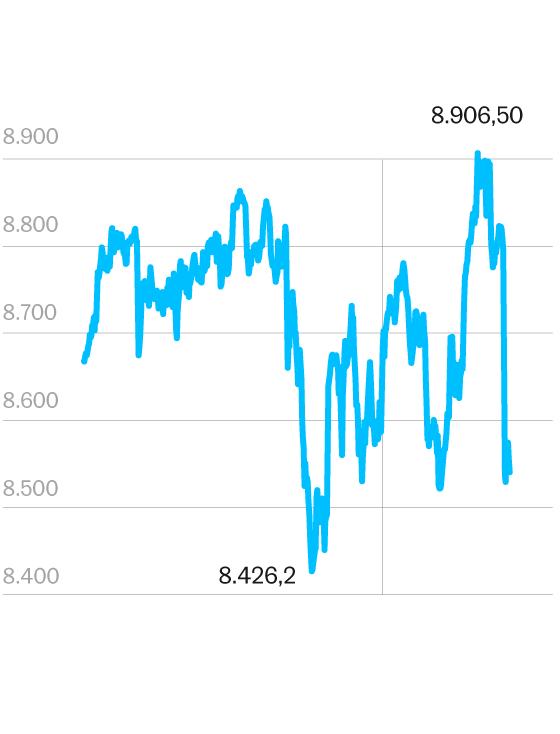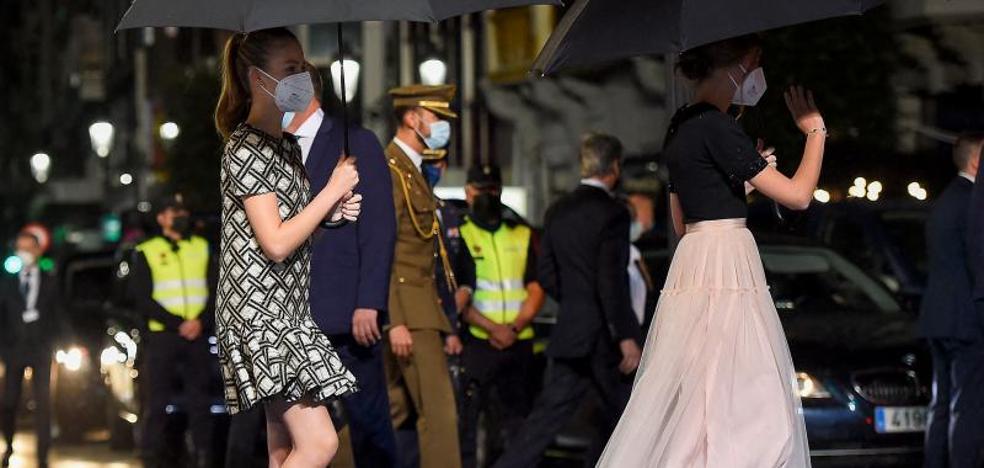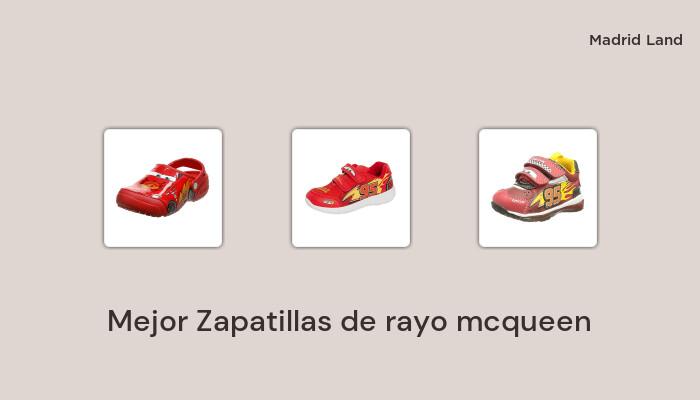Policies, technologies and social organization to adapt to climate change
Hello! How are you?
I don't explain to you what it's costing me to get back to the routine, to be productive, to accept that the year has begun and that that was all there was to vacation. This week I had to submit an article, I could not write more than one paragraph per day. I hope to get over it eventually.
Today we are going to change the dynamics a bit and make a mega dive of different ways and/or tools to address an issue that should be much more relevant for our country than it is: adaptation to climate change.
We already know that Argentina contributes less than 1% to global greenhouse gas emissions. With which what we do and do not do in terms of climate change mitigation moves little the needle in terms of the future of global warming. Obviously, this does not mean that we should not take climate action, but it does mean that we should pay more attention to adaptation.
Mitigation issue: yesterday there were announcements about the agreement with the IMF and a key point that emerges from it is going to be the segmentation of electricity rates, which has a very close link with climate change. Both in the individual incentives for more rational use of energy and the acquisition of more efficient appliances, and in the incentives for the productive sectors for whom, for example, the production of construction materials with greater insulation capacity only makes sense if the resulting difference in material costs is offset by significant energy savings.
But back to the adaptation issue.
Cooperation, chaos or competition: geopolitical order scenarios of the overheated world
A few days ago I saw in the Bloomberg green newsletter (to which I recommend you subscribe here) two studies on possible scenarios of how the world will be ordered geopolitically based on climate change.
From the works Shifting Powers of Lloyd's and the paper Scenarios of energy transition we can think of 4 possible paths for the world:
- Green globalization/Big Green Deal: the great powers agree on solutions, technologies and financial impulses to move the world towards clean energy and the fulfillment of climate goals.
- Anarchy/climate nationalism: climate actions only respond to the self-interest of each country, configuring a world of protectionist and incoherent policies, which would mean the failure of the Paris Agreement.
- Muddling On/Slow Progress: It is a bit of the current scenario where, although we are making progress, the transformation is still too slow to effectively and timely mitigate the risks of climate change.
- Green Cold War: Countries are grouped into a pair of rival alliances that create and commit to regional trade agreements and barriers, producing an intermediate emissions scenario.
These scenarios assume that there would be no disruptive technological advance (for example in emissions capture, energy storage or nuclear energy) that would allow economies to be rapidly decarbonised.

They are hypothetical scenarios, obviously, but given that it is a type of input that companies and governments usually use, it seemed important to me to bring it to Argentina and think about those possible worlds.
How will our country be with climate change?
We know that the global average temperature has already increased by a little more than one degree since the Industrial Revolution and that - with luck and compliance with international commitments - it will increase by up to 1.5 or 2°C. This has a series of consequences, different for each region.
In the case of Argentina, there is a lot of information about how climate change impacts us and will impact it. A work that well condenses all the information is entitled "Climate change in Argentina: trends, projections, impacts and adaptation" and was carried out by four researchers from the UBA.
According to them, in most of Argentina, the warming since the beginning of the last century was slightly lower than the global average. However, in recent decades trends of extreme temperatures and heat waves have appeared. Since 1960 precipitation has increased in the subtropical part of our country. Although this favored agricultural yields and the expansion of the agricultural frontier towards semi-arid regions, as the rains were more intense, they frequently produced floods. Then, starting in the 1970s, the flows of the rivers in the River Plate Basin increased, while in the Cordillera rainfall decreased and temperatures increased in such a way that they caused the retreat of the glaciers and the reduction of the flows of their basins.
Until 2050, what the authors expect is that these trends will continue. Later, it will depend a lot on how the scenarios that we mentioned before regarding compliance with the Paris Agreement and the climate goals end up taking place. In a scenario of very high emissions, a warming of up to 3.5°C could be expected in the north of the country.
Based on this scenario, the first action to be carried out at the different administrative levels is the strengthening of early warning systems and the planning of actions in the face of extreme events such as rainfall and intense heat waves.
The second action has two dimensions: one territorial and the other more urban.
Prevention is better than cure: fire prevention policies
One of the concrete consequences of these changes is the increase in fires. Also this summer we find several outbreaks in our country. Although the most usual claim is to ask for more resources to turn them off, and that is obviously key, the truth is that once an important surface has been turned on, it is very difficult to turn it off. So what is really useful and effective is to prevent fires.
How do we do it?
Here there are several scales of action. In the first we are not going to get involved, but it is to avoid climate change to avoid droughts.
The second is national and local public policies for more direct prevention. A couple of examples:
That it is no more unequal
Another aspect of adaptation to climate change is how we mitigate inequality and how we socially organize access to land and food production. In a more changing and turbulent world, people (and countries) with fewer resources will have fewer tools to adapt.
Recently, a work by Latfem and We Effect came out about the lives of peasant, indigenous and Afro-descendant women in Latin America and the Caribbean, particularly in Bolivia, Colombia, Guatemala, Honduras and El Salvador. According to the study, 7 out of 10 rural women have access to land to produce food, but in only 3 out of 10 cases is the land in their name. When they actually gain ownership of the land, it is through the inheritance of parcels for production and, to a lesser extent, through loans or rent.
In this way, the research shows that when we think about adaptation to climate change we do not have to pay attention only to technological and regulatory changes, but also to the care of those most vulnerable actors, incorporating the gender perspective when thinking about access policies. to the land and the politics of food production.
Nanosatellites to see it all
On Wednesday, the company of Argentine origin Satellogic made headlines because it debuted on Nasdaq, the New York Stock Exchange. But we don't care so much about that, rather it is a technological innovation that serves the issue that concerns us today, which is adaptation to climate change.
How is it linked?
Satellogic is dedicated to the production of nanosatellites with the aim that "researchers and companies have real-time information on what is happening on the planet at a cost substantially lower than today." This real-time information on the territory, especially in cases as vast as Argentina, allows informed decisions to be made on different issues. For example, early detection of illegal deforestation, oil spills and other activities; fire monitoring and infrastructure degradation; information on soil conditions and the impact of climatic conditions to rationalize the use of resources such as the application of agrochemicals, among others.
In short, climate change is a hyper complex problem that requires approaches from different perspectives and tools, we have nothing left over.
Green Recommendations
Lastly, we are in the midst of planning for the year and I would like to ask you what you would like me to write about in the next installments of this second year of Infinito Punto Verde. I already have some issues in the pipeline: nuclear energy, food production and sustainable nutrition, energy efficiency, dams, among others. Let me know if there is any particular that interests you!
I send you a hug, we'll see each other in two weeks.
Eli
PS: If you like the work we do at Cenital, you can support us here so we can continue doing it.




























Types of Hats for Kids: The Perfect Hat for Every Occasion
19/05/2022When it comes to dressing up your kids, hats are a great way to add some personality and style. There are so many different types of hats for kids available on the market today, that it can be hard to...